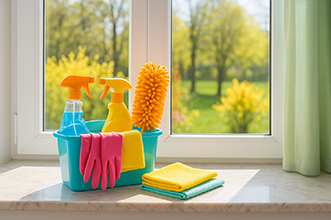10 Low-Maintenance Landscaping Ideas
Ready to get started?
Window World offers free in-home consultations! Click below to schedule today!
Get started!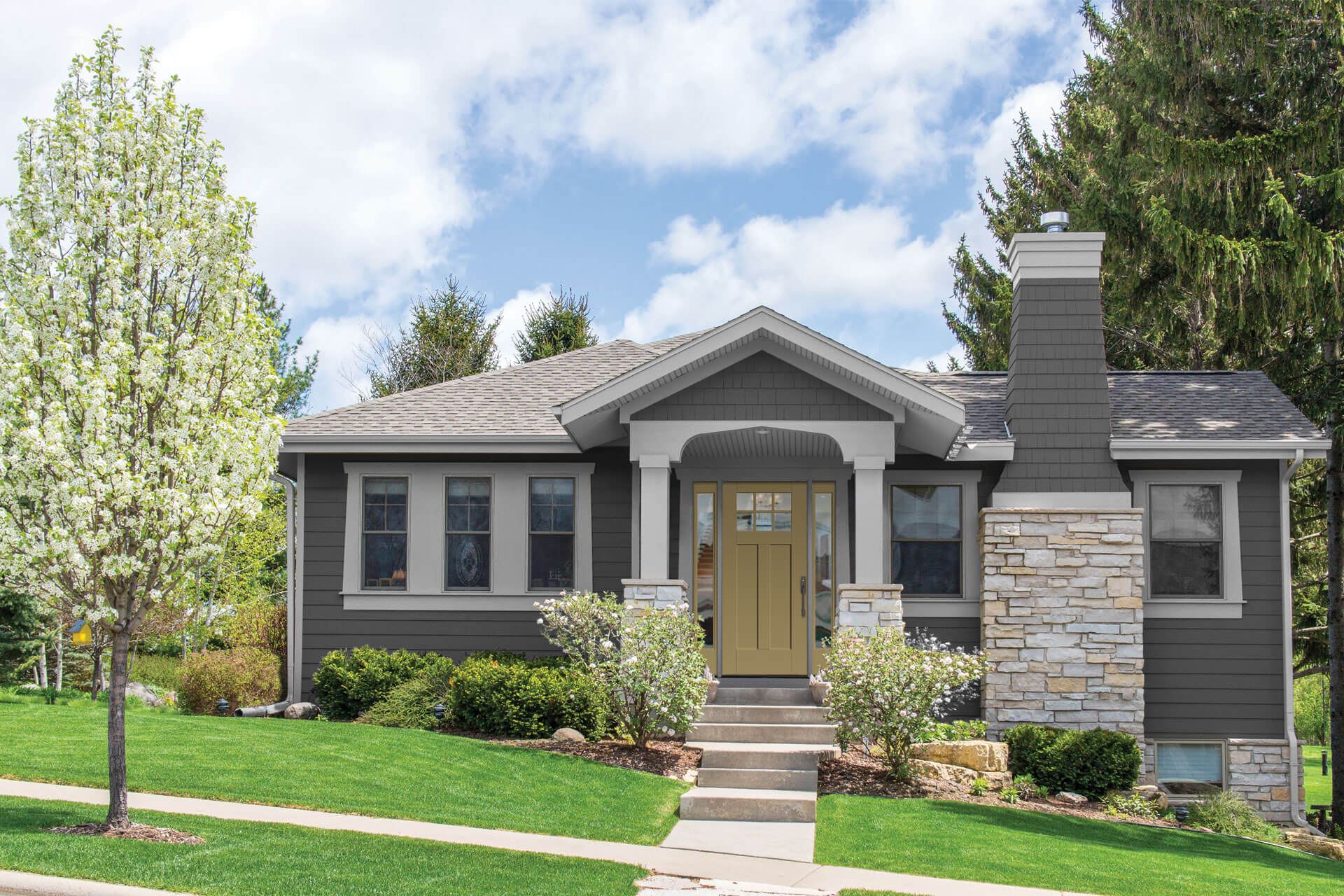
Creative landscaping can mean less work, more enjoyment.
The landscaping that surrounds your home can be a joy to behold and a pain to maintain. No doubt it adds curb appeal and value to your home, and many people take great pleasure in getting their hands dirty each weekend digging and weeding. But if you have other things to do, there are a few things to consider when planning your landscaping.
Low-maintenance landscaping is environmentally friendly, user-friendly, and visually appealing. Although it may take some initial investment and work, it can save time and money year over year.
Here are a few easy landscaping ideas to get you started.
1) Begin with a plan
Whether you’re starting from scratch or improving what’s already there, take a few days to study your yard. How does the sun hit it throughout the day? Which areas keep more shade than others?
Check overall soil drainage and storm runoff. Think about whether you want to invest in an irrigation system or water manually. An irrigation system is pricey, but it can save time, effort, and the heartbreak of burnt lawns and shrubs. It may even reduce your water bill over time.
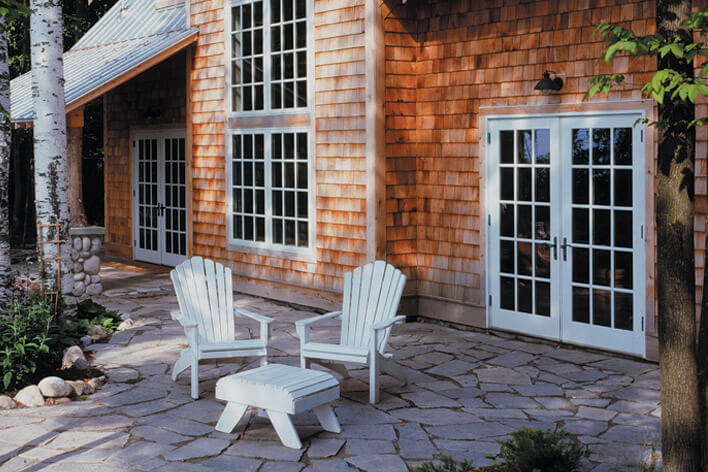
2) Think about hardscape options
One of the best ways to reduce landscaping upkeep is to add beauty and interest with hardscaping features such as walkways, retaining walls, and patios. Walkways and patios can be constructed using materials that avoid runoff, like pea stone, pavers, and shale. Retaining walls or garden walls can be made of interlocking concrete blocks, stacked stone, or timbers.
3) Transform yard space into living space
Lush lawns can be a wonderful place for family games and picnics, but they can be tricky to maintain. So, consider other ways to use your yard for enjoyment and entertaining.
Decks and patios can be used for outdoor dining, relaxing, and even working from home. Cover a portion of the area so you can enjoy some shade or a rain shower. You can also try making a playground area with swings, climbing structures, or a playhouse.
4) Know your zone
Check out the zone guideline as established by the USDA. As you select trees, shrubs, grass, and plants, you will usually see them tagged for the zone in which they thrive naturally. They generally require less care, fertilization, and water than those plants that struggle to survive in your area.
Take time to research which grass grows best in your zone. In the Northeast, fescue and ryegrass grow well. In Southern landscaping, Bermuda and centipedegrass are better options. You may find different kinds of grass more appealing, but why set yourself up for a never-ending battle to keep it alive?
5) Go native
Selecting plants that are natural to your area can do wonders. Celebrate your location with plants that thrive there — from the cactus of the Arizona desert to the evergreens of Maine.
Plant native perennials and bulbs that will bring color and joy year after year. Once again, why fight what Mother Nature intended to live in your area?
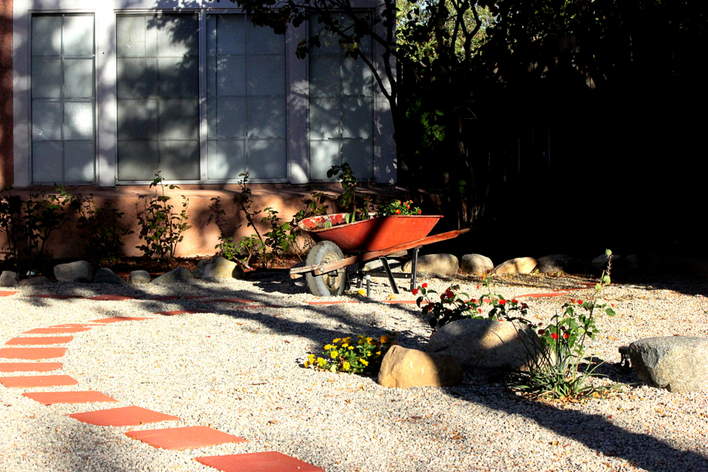
6) Design a xeriscaped yard
Xeriscaping is the practice of designing landscapes to reduce or eliminate the need for irrigation using drought-tolerant plants and rock ground cover.
This type of landscaping has become very popular in arid areas. A Nevada study showed installing xeriscape gardens reduced water bills by 50% (and 70% during the summer). The study also found participants reduced their labor effort by 26.4% since their newly designed yards required less maintenance, including lawn mowing and manicuring.
Xeriscaping principles can be used everywhere and reap the additional benefits of fewer weeds, less fertilizing, and less general maintenance than traditional lawns. The use of rock ground cover, rock gardens, and mulch, along with native plants and succulents, can be beautiful and beneficial to wildlife and the environment at the same time. Add a rain barrel to take advantage of water from your gutters and feel good about your eco-friendly yard.
7) Avoid messy, fast-growing trees and shrubs
Many trees offer lovely blossoms in the spring but shed fruit, pods, and branches later in the year. This requires continuous cleanup. It’s best to select slow-growing tree varieties that won’t need constant pruning and possibly outgrow their space.
Keep trees and shrubs from covering windows or growing up against your home, possibly damaging home siding and roofs. Evergreens are particularly easy to maintain, providing year-round beauty and privacy.
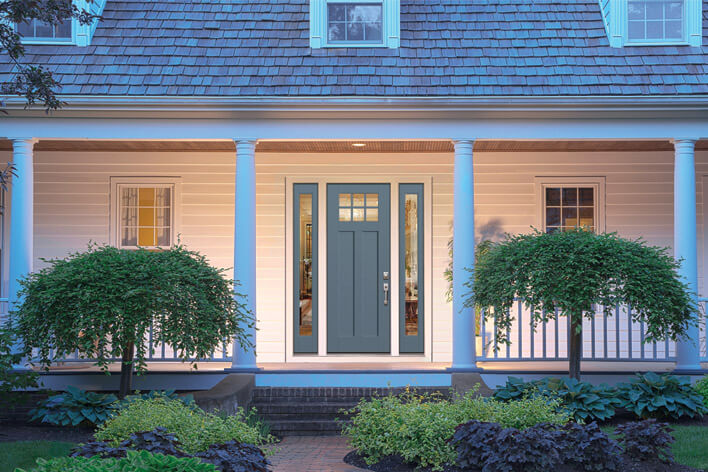
8) Rethink your ground cover
Natural or organic mulch or pine straw can help retain moisture in the soil and reduce weeds, but they also need to be maintained and replaced each spring. This is not only back-breaking work, but it can be expensive and time-consuming. Consider using rocks or pea gravel to cover these areas instead as an attractive, long-lasting solution.
9) Edge your flower beds
Permanent edging can keep your lawn tidy year after year and eliminate the need for constant touchups. Choose from a variety of edging materials, including pavers, bricks, rocks, or edging strips of steel, aluminum, or plastic.
You can also use ground cover plants such as monkey grass or liriope for easy edging interest. These can be trimmed each spring or left to grow.
10) Smart mowing and easy cleanup
Check to see what height is best for the variety of grass you have. For instance, tall fescue is best at 2-3 inches high, while Bermuda thrives between a ½ inch and 1½ inches tall. The proper mowing height can help root development and deter weeds. Raise your cutting height during drought periods, and let grass clippings remain on your lawn. They provide natural fertilization and keep grass moist.
Want a really easy way to maintain a lawn? Artificial grass has come a long way. It allows for drainage, looks beautiful, and can be a perfect solution to areas where grass won’t grow due to pets, foot traffic, or drainage problems.
Landscaping can boost your curb appeal and your home’s value. So can a free consultation with your friends at Window World. They’ll be happy to discuss ideas for a new entry door, garage doors, siding, shutters, and of course, replacement windows to complement your landscaping efforts. Find the Window World store near you, and let the ideas begin.



